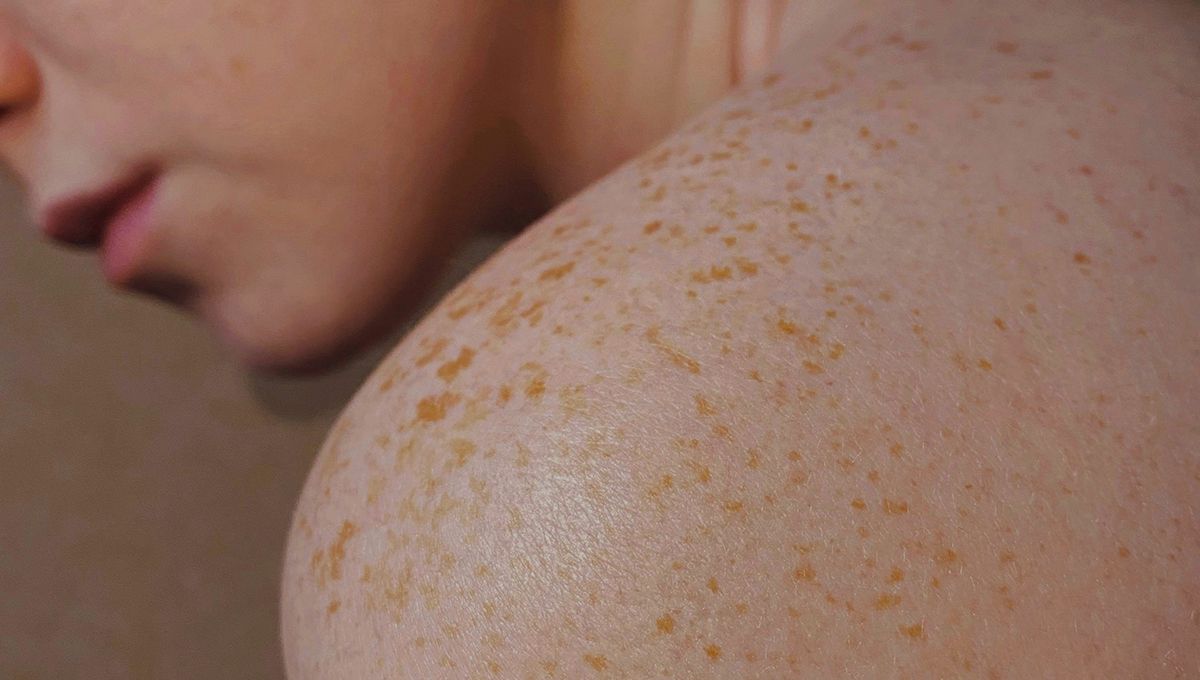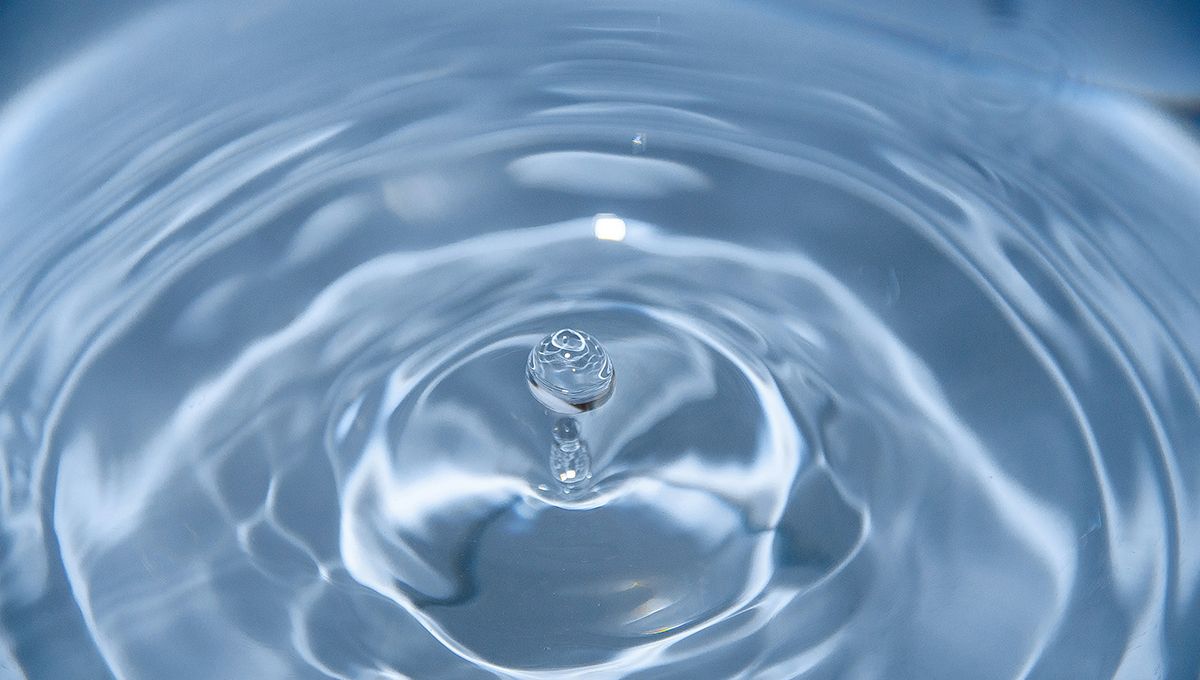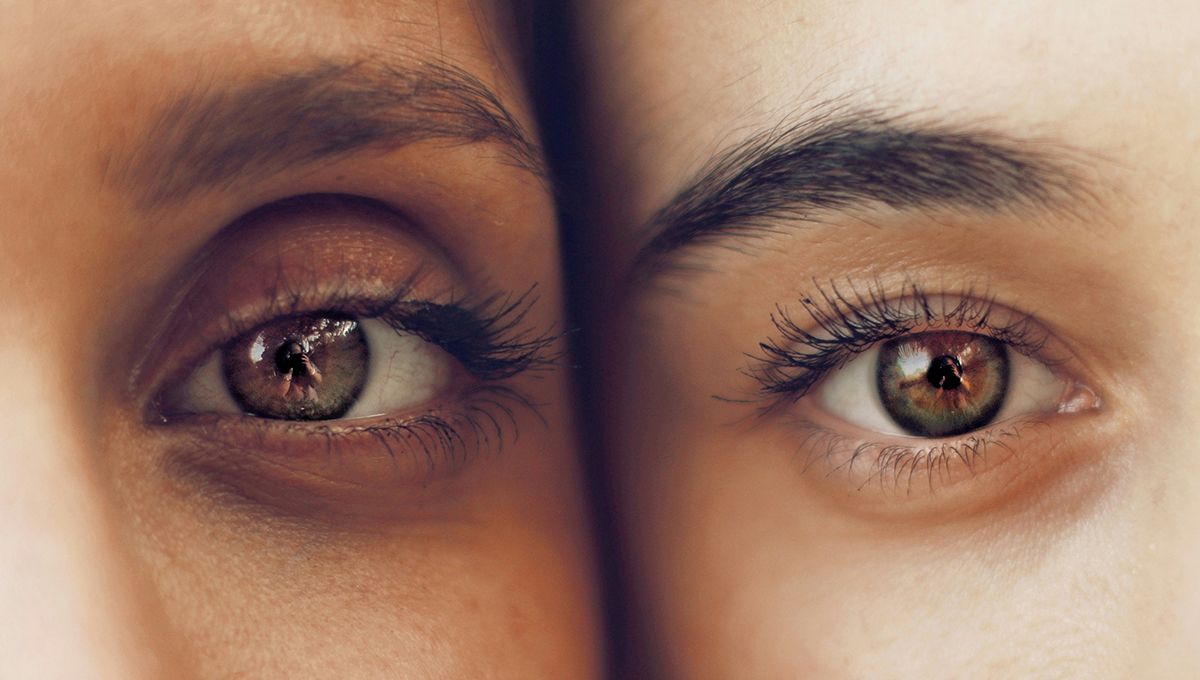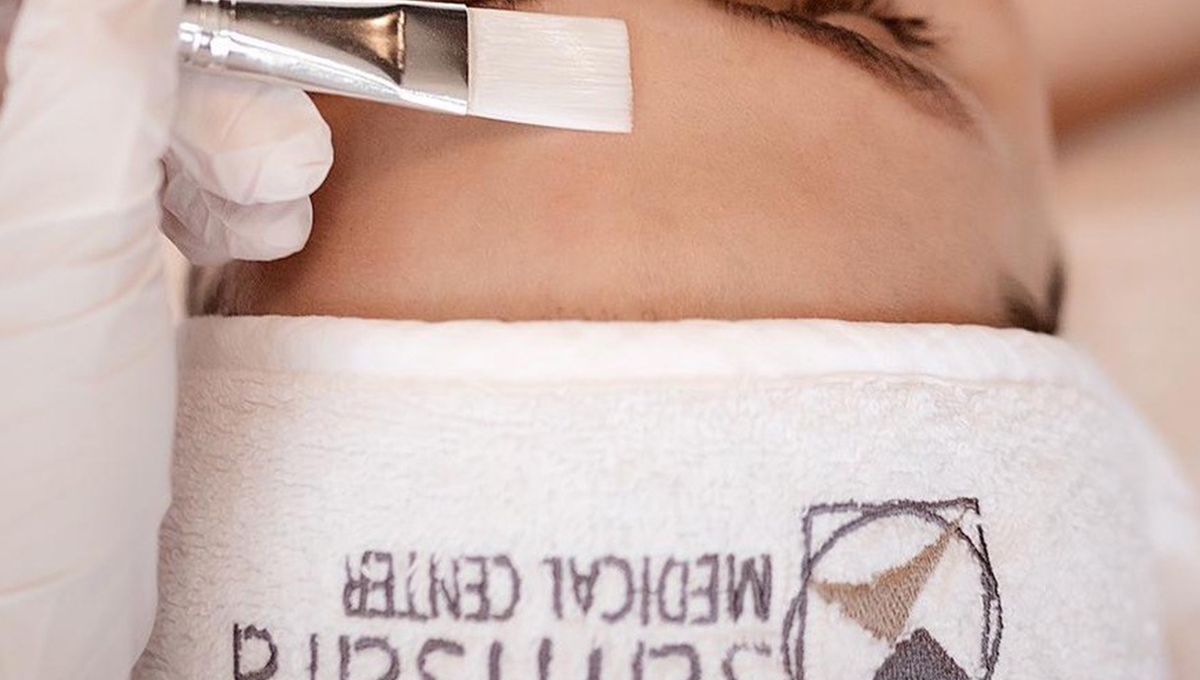
Stretch marks
What are they and why do they form? Let's see how to prevent and treat them
Stretch marks are a widespread blemish, typically female but common to both sexes. They are atrophic changes (i.e. characterised by thinning) of the dermal layer of the skin and are mainly located on the inner thighs, outer buttocks, hips, belly and breasts.
Stretch marks take on different characteristics depending on the developmental stage they are in. Their colouring may vary from the initial purplish-red to the typical white of the advanced stage; their width (1 to 10 mm) and length, on the other hand, remain relatively constant over time, once they have formed. On palpation their consistency is flaccid, a sign of the loss of elasticity underlying their appearance.
Why do they form?
The main causes are: rapid changes in body weight, excessive and prolonged stress, long-term corticosteroid therapy and genetic-constitutional predisposition.
It is a typical blemish in the last months of pregnancy as the rapid weight change that characterises this phase causes the collagen fibres to break down resulting in a loss of tissue elasticity.
The release of cortisol (a hormone), which increases under conditions of psycho-physical stress, also tends to weaken the elastic fibres in the skin, favouring the appearance of stretch marks.
In most cases, however, stretch marks are spontaneous and reflect a person's genetic predisposition.
Prevention
Since rapid and excessive weight changes subject the skin to great stress, resulting in the formation of stretch marks, controlling one's body weight is very important. In addition, a healthy, balanced diet with an adequate intake of vitamin C and amino acids helps the skin maintain its natural firmness and elasticity, thus preventing the formation of stretch marks.
Furthermore, abstaining from cigarette smoking is an excellent and effective preventive remedy against stretch marks as smoking has a negative influence (oxidising action) on the elasticity of the skin and the entire organism.
Treatments
There are numerous treatments for stretch marks, in fact their aesthetic appearance can be improved through techniques that involve exfoliation of the skin with consequent cell turnover (e.g. chemical peeling and microdermabrasion) or that generate heat in the dermis with consequent increase in collagen and elastin production (e.g. some types of laser and radiofrequency). Another method that is certainly effective is microneedling. In this case, the treatment causes thousands of small wounds at the stretch marks.









